The Unique Flavor Of Lamb
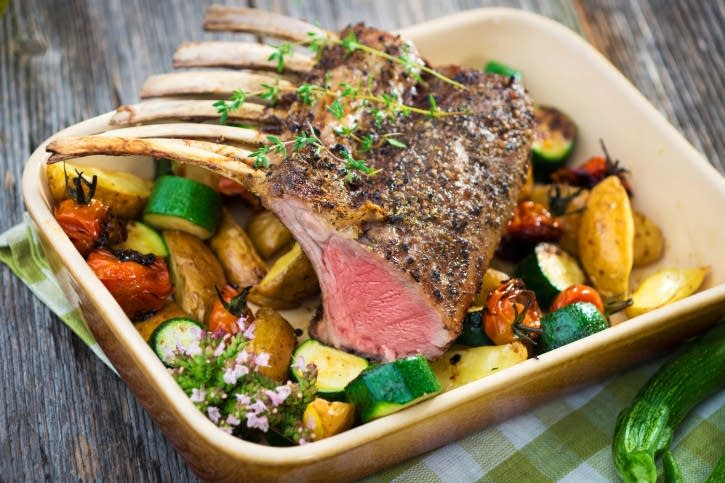
Lamb offers a distinct flavor that sets it apart from other meats. Its taste can be described as rich, earthy, and slightly gamey, providing a unique culinary experience. This flavor comes from the diet and age of the lamb, as well as its processing and cooking methods. The appeal of lamb lies in its ability to add depth and complexity to dishes, making it a favorite among adventurous food lovers. Whether enjoyed rare or cooked to perfection, the unique flavor of lamb is sure to tantalize your taste buds and leave a lasting impression.
The Appeal Of Rare Lamb Dishes
Rare lamb dishes have a distinct appeal that attracts adventurous food lovers. The tender and juicy texture, coupled with the unique flavor of lamb, creates a culinary experience like no other. The rich and earthy taste, combined with a slight gamey note, adds depth and complexity to the dish. The allure of rare lamb lies in its ability to showcase the natural flavors of the meat, allowing diners to fully appreciate its unique qualities. Whether enjoyed in traditional recipes or innovative creations, rare lamb dishes offer a delightful and unforgettable dining experience.
Why Some Prefer To Eat Lamb Rare
Some people prefer to eat lamb rare because of the unique texture and flavor it provides. Rare lamb has a tender and juicy texture, which many find appealing. The pink center of the meat adds a visually appealing element to the dish. Additionally, cooking lamb rare allows its natural flavors to shine through, providing a more authentic and unadulterated taste. The slight gaminess of rare lamb adds complexity to the flavor profile, making it a favorite among adventurous food lovers. Overall, the preference for rare lamb is driven by a desire to experience the full range of flavors and textures that this meat has to offer.
Is Eating Lamb Rare Safe?
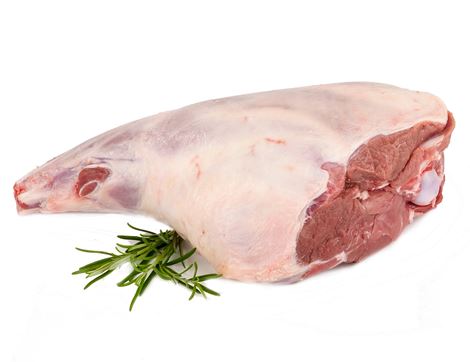
Eating lamb rare can be safe as long as certain precautions are taken. It is essential to ensure that the outer surface of the lamb is thoroughly seared to kill any harmful bacteria like E. coli or Salmonella. This will help to minimize the risk of foodborne illnesses. Additionally, selecting high-quality lamb cuts and practicing proper handling and storage techniques can further reduce the risk of contamination. It is important to note that individuals with compromised immune systems or certain health conditions may be more susceptible to foodborne illnesses and should exercise caution when consuming rare lamb.
Understanding The Risks Associated With Rare Lamb Consumption
Consuming rare lamb poses certain risks due to the potential presence of harmful bacteria. Bacteria such as E. coli and Salmonella can cause foodborne illnesses if not properly cooked. While searing the outer surface of lamb can help kill these bacteria, the inside may still contain them. This is why it is important to ensure that the lamb reaches a safe internal temperature. Individuals with compromised immune systems or certain health conditions should be particularly cautious when eating rare lamb, as they may be more susceptible to foodborne illnesses. It is essential to practice safe cooking practices to minimize these risks.
Safe Cooking Practices To Enjoy Lamb While Minimizing Risks
When preparing lamb, it is important to follow safe cooking practices to minimize the risks associated with consuming rare meat. Here are some guidelines to ensure the safety of your lamb dishes:
- Use a food thermometer: Invest in a reliable food thermometer to accurately measure the internal temperature of the lamb. This will help you determine if it is cooked to a safe level.
- Cook to the recommended temperature: Lamb should be cooked to an internal temperature of at least 145°F (63°C) for medium-rare and 160°F (71°C) for medium. This will help kill any harmful bacteria that may be present.
- Avoid cross-contamination: Prevent the spread of bacteria by using separate cutting boards and utensils for raw lamb and other ingredients. Clean and sanitize your cooking area thoroughly after handling raw meat.
- Store leftovers properly: If you have any leftovers from cooked lamb, refrigerate them within two hours. Consume the leftovers within 3-4 days or freeze them for longer storage.
By following these safe cooking practices, you can enjoy the unique flavor of rare lamb while minimizing the risks of foodborne illnesses.
Health Benefits Of Lamb
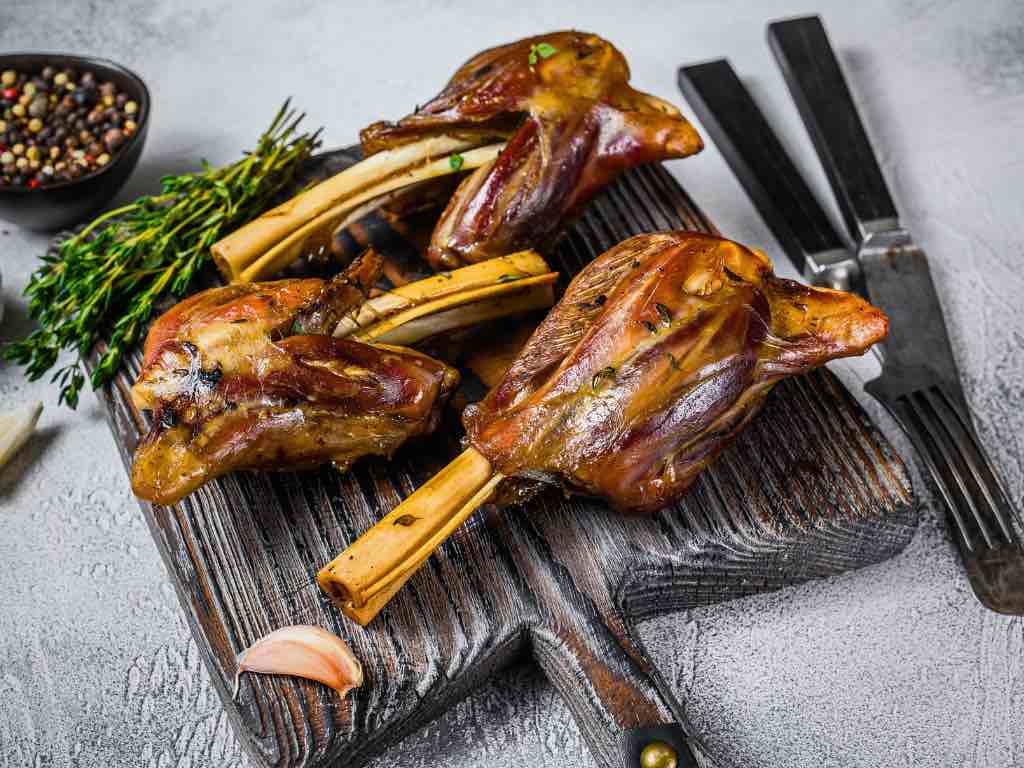
Lamb offers a range of health benefits that make it a valuable addition to a balanced diet. It is a rich source of high-quality protein, which is essential for muscle growth and repair. Additionally, lamb is packed with essential vitamins and minerals, including iron, zinc, and vitamin B12, which are crucial for maintaining a healthy immune system and red blood cell production. The healthy fats in lamb, such as omega-3 fatty acids, contribute to heart health and brain function. Incorporating lamb into your diet in moderation can provide these nutritional benefits and contribute to overall well-being.
Nutritional Value Of Lamb Meat
Lamb meat is not only delicious but also packed with essential nutrients. It is a rich source of high-quality protein, which is crucial for muscle growth and repair. Additionally, lamb contains a variety of vitamins and minerals that promote overall health. It is particularly high in iron, which is important for oxygen transport and energy production. Lamb also provides a good amount of zinc, which supports immune function, and vitamin B12, which is essential for neurological health. Incorporating lamb into your diet can provide these nutritional benefits and contribute to a well-balanced and healthy eating plan. So, go ahead and enjoy the nutritional goodness of lamb.
How Consuming Lamb In Moderation Can Be Part Of A Healthy Diet
Consuming lamb in moderation can indeed be part of a healthy diet. Lamb meat is a rich source of protein, essential amino acids, vitamins, and minerals. Protein is essential for muscle growth and repair, while the vitamins and minerals in lamb, such as iron and zinc, support overall health and immune function. However, it’s important to balance lamb consumption with a variety of other protein sources and to choose lean cuts of lamb to minimize saturated fat intake. Incorporating lamb into a well-rounded, balanced diet can provide the nutritional benefits it offers while still promoting overall health and wellness.
Popular Rare Lamb Dishes
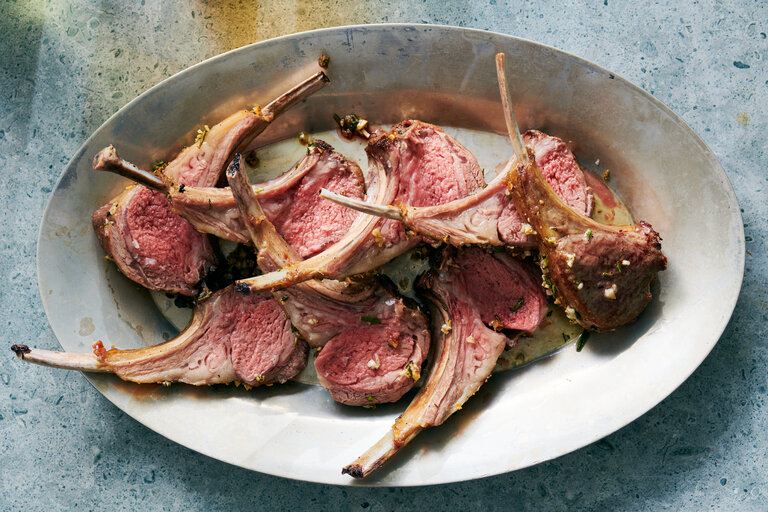
Popular rare lamb dishes can be found in various cuisines around the world. In Greece, you’ll find traditional dishes like “kleftiko,” where lamb is slow-cooked with herbs and lemon until it becomes meltingly tender. In Moroccan cuisine, “tagine” is a popular choice, featuring slow-cooked lamb with fragrant spices and dried fruits. Additionally, in France, the classic dish “rack of lamb” is often cooked rare, resulting in a tender and succulent meat with a delicious crust. Exploring these traditional recipes and experimenting with innovative ways to enjoy rare lamb can provide a unique and flavorful culinary experience.
Exploring Traditional Rare Lamb Recipes From Around The World
From Greece to Morocco to France, rare lamb dishes can be found in various cuisines around the world. In Greece, a popular traditional dish is “kleftiko,” where lamb is slow-cooked with herbs and lemon until it becomes meltingly tender. In Moroccan cuisine, “tagine” is a favorite, featuring slow-cooked lamb with fragrant spices and dried fruits. France is known for its classic “rack of lamb,” often cooked rare, resulting in a tender and succulent meat with a delicious crust. These traditional recipes offer a unique and flavorful way to enjoy rare lamb and immerse yourself in different culinary traditions.
Innovative Ways To Enjoy Lamb Cooked Rare
In addition to traditional recipes, there are also innovative ways to enjoy lamb cooked rare. One popular option is to make lamb tartare, a dish where the raw lamb is finely minced and mixed with herbs, spices, and other flavorings. Another creative choice is to prepare lamb carpaccio, where thinly sliced rare lamb is served with a drizzle of olive oil and a sprinkle of sea salt. Both of these dishes highlight the tender texture and unique flavor of rare lamb, offering a refreshing and new culinary experience for lamb lovers.
Tips For Safely Enjoying Rare Lamb

When it comes to safely enjoying rare lamb, there are a few key tips to keep in mind. Firstly, it is crucial to choose high-quality lamb cuts from reputable sources. Look for lamb that is fresh, properly stored, and within the recommended expiration date. Secondly, proper handling and storage of lamb are important to prevent any potential foodborne illnesses. Make sure to store raw lamb in a refrigerator at temperatures below 40°F (4°C) and separate it from other foods to avoid cross-contamination. Lastly, always cook lamb to the recommended internal temperature to ensure any harmful bacteria are eliminated. Following these tips will help you safely enjoy the unique flavors of rare lamb.
Choosing High Quality Lamb Cuts For Rare Preparation
When selecting lamb cuts for rare preparation, it is important to choose high-quality meats to ensure both safety and flavor. Look for cuts that are fresh and properly stored, preferably from reputable sources. Some popular lamb cuts that are suitable for rare cooking include lamb chops, rack of lamb, and lamb tenderloin. These cuts tend to be more tender and are best enjoyed when cooked to a medium-rare or rare doneness. Additionally, opt for cuts with marbling, as this adds extra juiciness and enhances the overall taste. Remember, choosing high quality lamb cuts is essential for a delicious and safe dining experience.
Proper Handling And Storage Of Lamb Meat To Prevent Foodborne Illnesses
Proper handling and storage of lamb meat is essential to prevent the risk of foodborne illnesses. When purchasing lamb, make sure it is fresh and properly stored at a safe temperature. Once you bring it home, immediately refrigerate or freeze it to maintain its freshness. Store lamb in a sealed container or wrap it tightly in plastic wrap to prevent cross-contamination in the refrigerator. It is important to separate raw lamb from other foods to avoid cross-contamination. Always wash your hands, utensils, and cutting boards with hot, soapy water after handling raw lamb to prevent the spread of bacteria. By following these proper handling and storage practices, you can greatly reduce the risk of foodborne illnesses associated with lamb consumption.
Conclusion
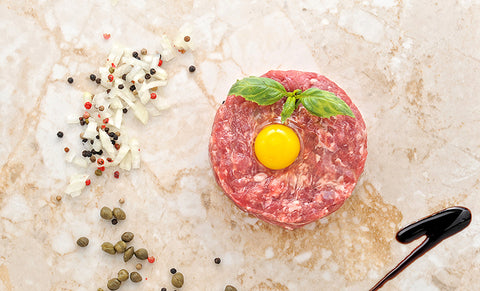
In conclusion, enjoying rare lamb can provide a unique and flavorful dining experience. While rare lamb dishes are popular and appreciated by many, it is important to understand the risks associated with consuming undercooked meat. By following safe cooking practices, such as searing the outer surface and using a food thermometer to ensure the proper internal temperature, you can minimize the risk of foodborne illnesses. Additionally, lamb offers several health benefits, making it a great addition to a balanced diet. With the right knowledge and precautions, you can safely savor the delicious flavor of rare lamb dishes.
Summarizing The Safety Considerations And Benefits Of Enjoying Rare Lamb
Enjoying rare lamb can provide a unique and flavorful dining experience. While rare lamb dishes are popular and appreciated by many, it’s important to understand the risks associated with consuming undercooked meat. To safely enjoy rare lamb, it’s crucial to follow safe cooking practices, such as searing the outer surface and using a food thermometer to ensure the proper internal temperature. However, it’s essential to note that some individuals, such as pregnant women and individuals with compromised immune systems, should avoid consuming rare lamb. On the other hand, lamb offers several health benefits, including being a rich source of protein, vitamins, and minerals. By understanding and implementing the necessary precautions, you can safely savor the delicious flavor of rare lamb dishes.
Final Thoughts On Savoring The Unique Flavor Of Rare Lamb Dishes
Savoring the unique flavor of rare lamb dishes is a culinary experience like no other. The tender texture and rich taste of the meat make it a favorite among food enthusiasts. However, it is important to prioritize safety by following proper cooking practices. While some may prefer their lamb cooked to perfection, others enjoy the rich flavors of less-cooked meat. Whatever your preference may be, the key is to sear the outer surface and ensure the lamb reaches the recommended internal temperature. By doing so, you can safely indulge in the delicious taste of rare lamb dishes while enjoying its unique flavor to the fullest.
FAQ About Can You Eat Lamb Rare: Safely Enjoying Lamb’s Unique Flavor
Q: What is the recommended cooking temperature for lamb to ensure it is safe to eat?
A: The USDA recommends cooking lamb to an internal temperature of 145°F (63°C) for medium-rare and 160°F (71°C) for medium.
Q: Can you eat lamb rare, like you can with beef?
A: Yes, lamb can be safely eaten rare if it has been cooked to an internal temperature of at least 145°F (63°C).
Q: Are there any health concerns associated with eating rare lamb?
A: While rare lamb is safe to eat when cooked to the appropriate temperature, it is important to purchase lamb from a reputable source to ensure its freshness and quality.
Q: How can I be sure that the lamb I am eating is safe?
A: When cooking lamb rare, it is crucial to use a meat thermometer to check the internal temperature and avoid any risks of foodborne illnesses.
Q: What are some popular ways to enjoy rare lamb?
A: Some popular ways to enjoy rare lamb include dishes like lamb chops, rack of lamb, and lamb tenderloin, all cooked to perfection to preserve the meat’s unique flavor.
Q: Are there any specific cuts of lamb that are better suited for rare cooking?
A: Lamb chops and racks are popular cuts for rare cooking, as they are tender and flavorful when prepared to medium-rare or rare temperatures.
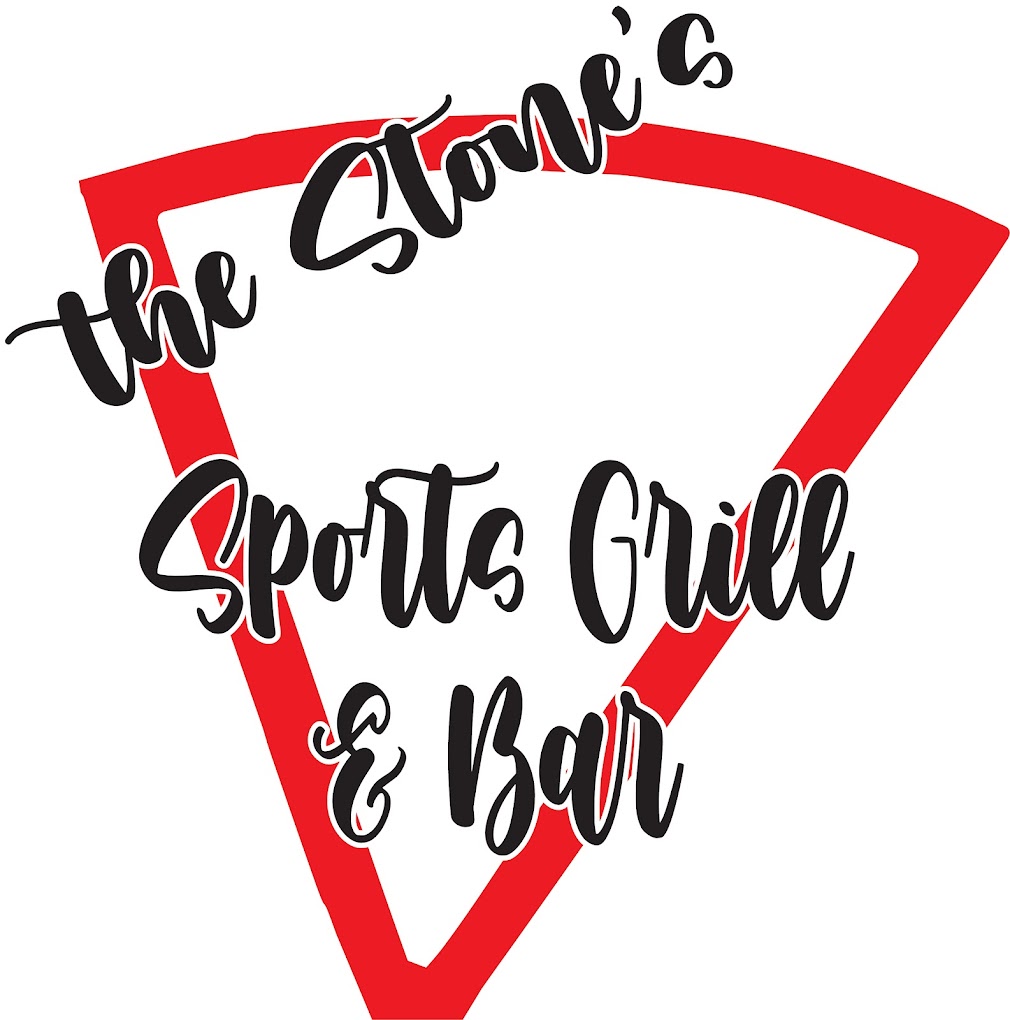
The Stone’s Sports Grill and Bar was Established on December 1, 2021. The Stone is a Sequel to another restaurant called Cornerstone’s First Edition in Tucumcari, NM. This particular venue is located on the Southeast side of Colorado Springs. The Stone is Wide Open. We have a large dance floor, multi-level stage, pool room, (5) dart boards, and a bar with a large selection of wine spirits and brews.